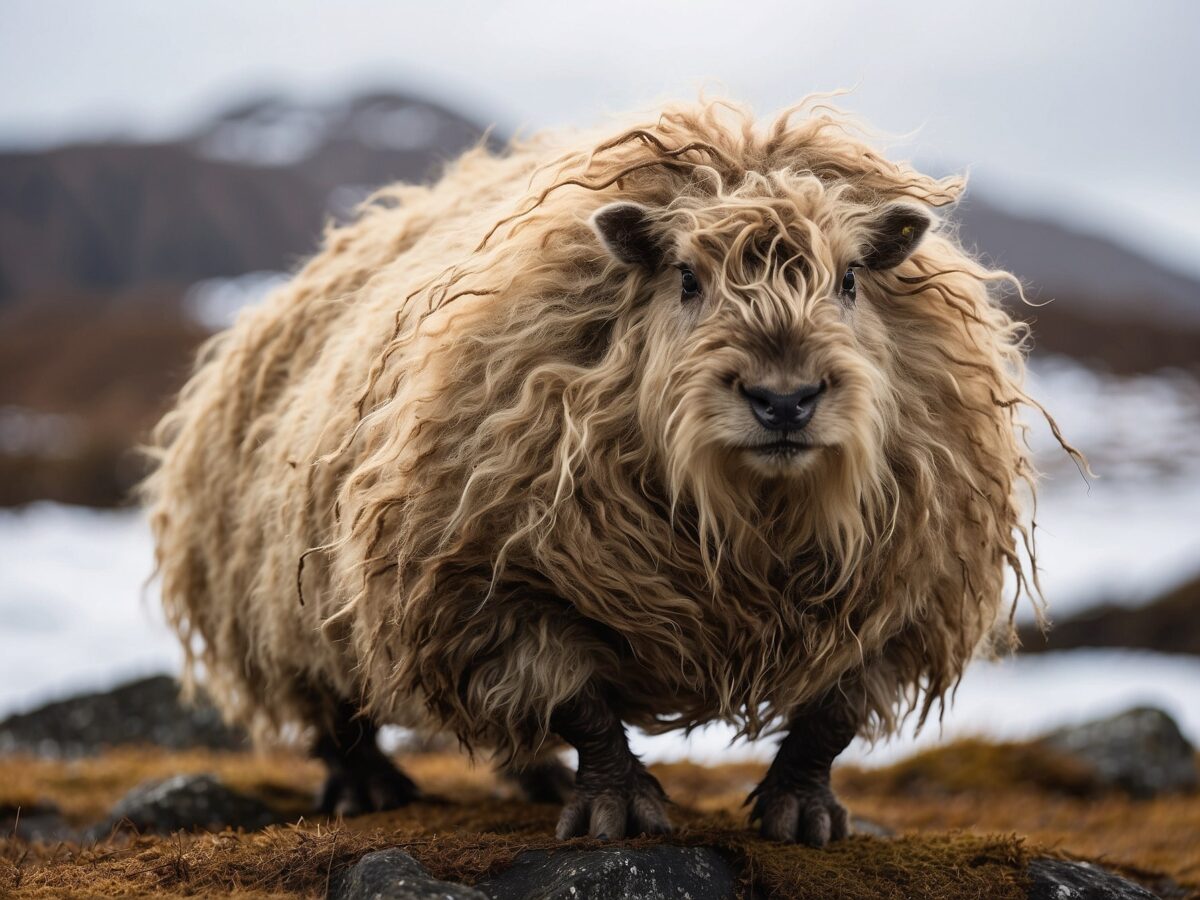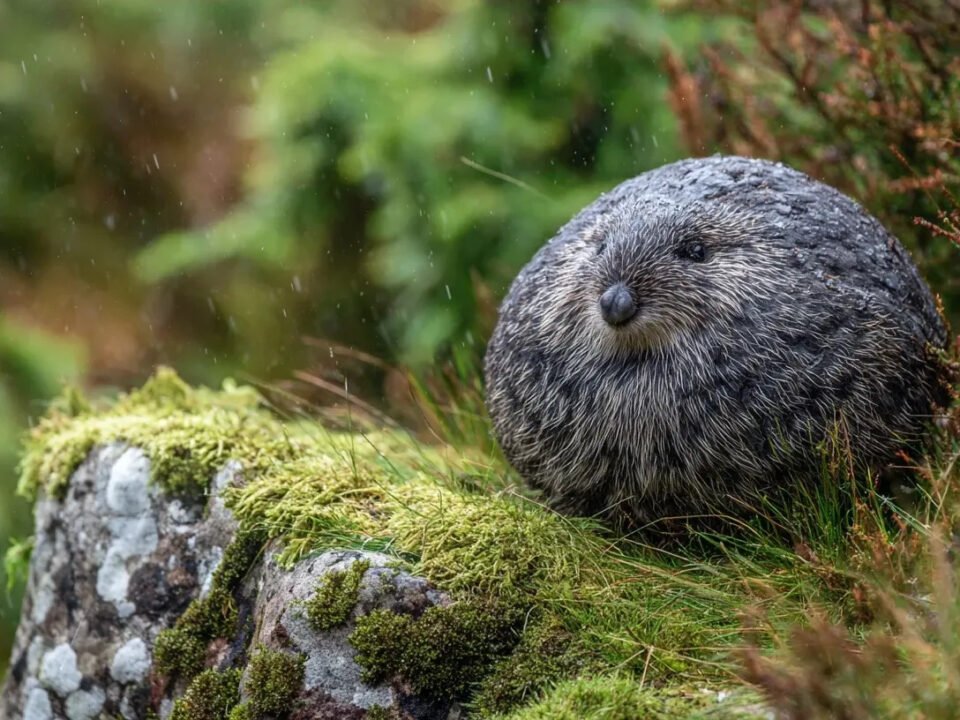Haggi montanensis
Scientific name: lostusmontibus excelsis
As the name suggests, this beautiful haggis is most common in the Scottish Highlands, though it can also be seen in the borders.
Species Information

Conservation status
Classed as Vulnerable on the Red List of Scottish Haggis (1970)
Adults from late September to early March
About
The Haggi montanensis lostusmontibus excelsis, a remarkable species indigenous to the Highlands, is distinguished by its impressive adaptations to thrive in the challenging environment of these elevated terrains.
How to identify
Coat: This species boasts a luxuriant and dense woolly coat, meticulously evolved to provide optimal insulation against the biting cold and brisk winds characteristic of the Highland climate. The fibers of its coat are intricately intertwined, creating a plush layer that traps warmth, ensuring the creature’s survival even in the harshest of winter conditions.
Physique: Beneath its woolly exterior lies a sturdy frame, equipped with powerful muscles and robust hooves that are expertly adapted for traversing the rugged and rocky landscapes that dominate the Highlands. The hooves possess a unique conical shape and are fortified with a hard keratinous layer, providing the animal with exceptional grip and stability on the uneven terrains, minimizing the risk of slips and falls.
Eyesight: The Haggi montanensis has evolved a pair of remarkably large, luminous eyes, a vital adaptation to navigate the Highland’s unique light conditions. These expansive orbs are highly sensitive to low-light conditions, enhancing the creature’s nocturnal capabilities and ensuring it can efficiently forage and navigate during the extended twilight hours prevalent in these northern regions.
Distribution
Common and widespread in the Scottish highlands. Also found in significant numbers at two sites in the Scottish borders.






